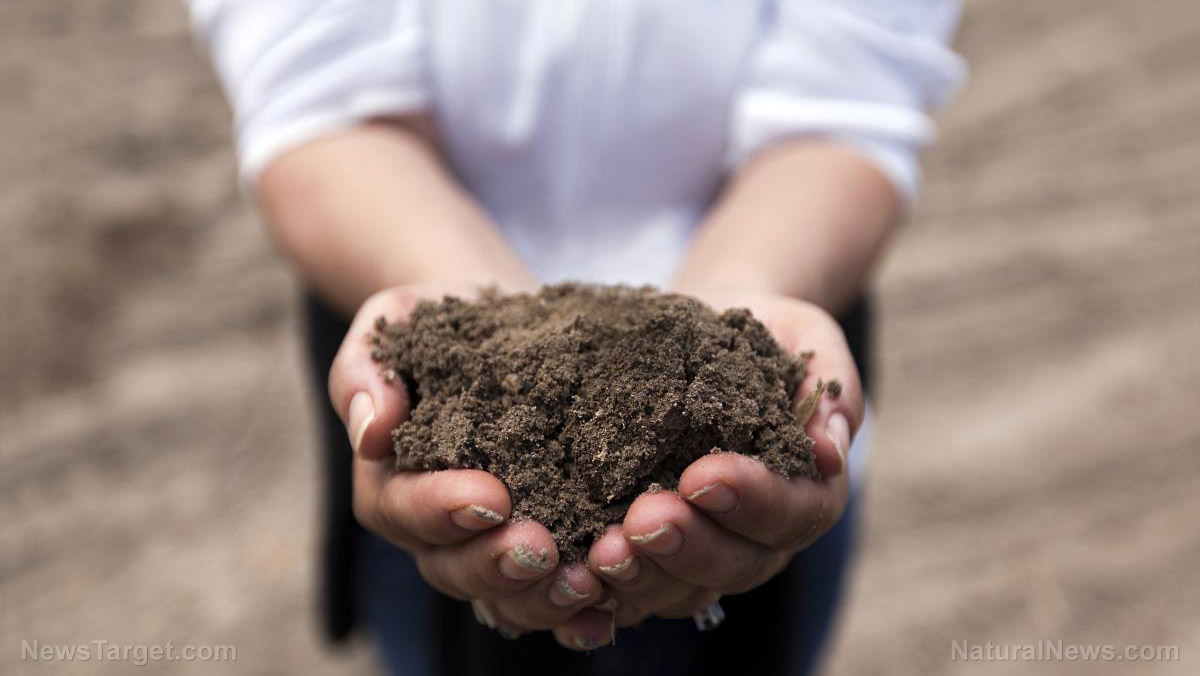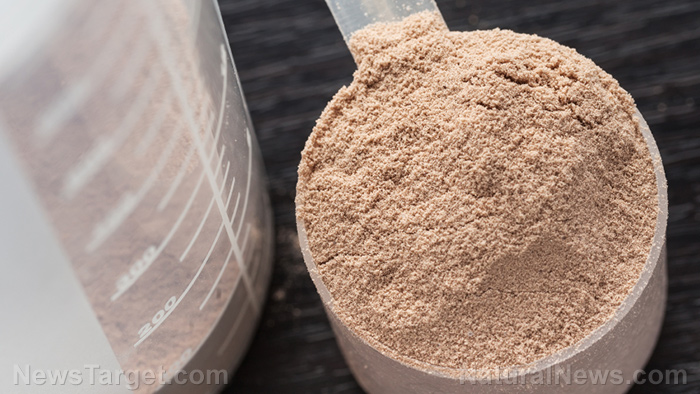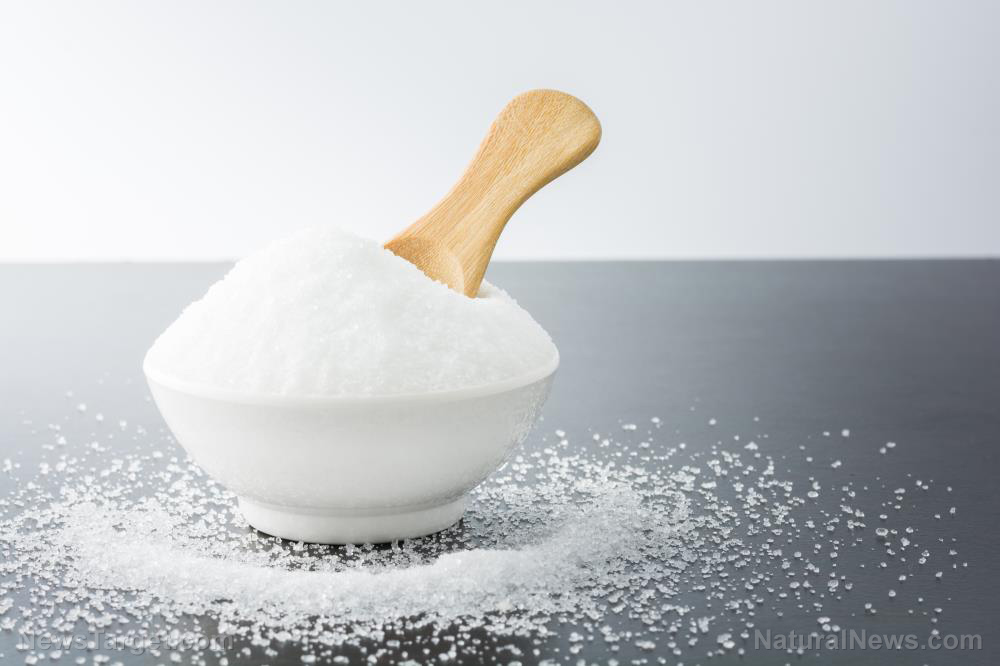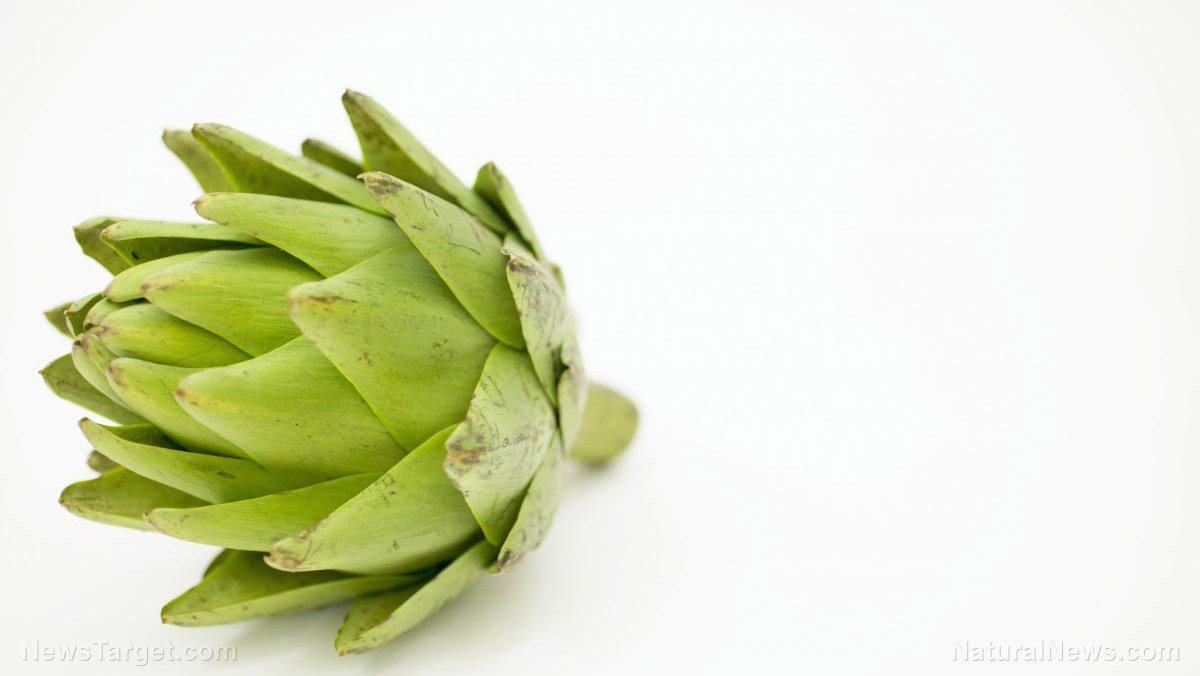Ancient soil amendments use agricultural waste to improve soil naturally
02/06/2019 / By David Williams

A study published in the journal Agriculture, Ecosystems & Environment revealed that the addition of mill ash and biochar made from rice hulls can significantly increase sugarcane biomass and sucrose yields when compared with soil samples that didn’t receive any additions.
A team of researchers from the Soil and Water Science Department at the University of Florida has conducted a study that showed clear benefits of adding mill ash as well as biochar made from rice hulls to sand soil in Florida. According to the researchers, the addition of certain organic residues to sand soils has always been known to improve soil properties, but a thorough examination of the effects of biochar and mill ash hasn’t been performed until now.
The researchers focused on determining the effects of mill ash as well as three biochars on yields of sugarcane that were being grown on sand soils of South Florida near the Everglades Agricultural Area (EAA). To conduct their study, they set up nine different treatments and a control to be evaluated. The treatments consisted of mill ash (AS) and biochars that were produced from hardwood yard waste (HY), horse barn shavings (HM) and rice hulls (RH), all incorporated one percent and two percent by weight.
The standard practice treatment of mill ash applied at six percent was included, and the results showed that this – as well as mill ash applied at two percent (AS6 and AS2), and rice hulls biochar applied at two percent (RH2) – produced much greater biomass and sucrose yields compared with the control in the planet-cane and the first-ratoon crops.
The researchers concluded that the application of mill ash and rice hulls biochar can potentially improve sugarcane yields on sand soils near the EAA.
The fact that biochar has been shown to be an effective tool for soil amendment is no surprise. As a practice, it has been around for millennia, known for its wide-ranging benefits which include enhancing soil, increasing soil biodiversity, and discouraging deforestation. For this study, the mill ash was derived from hardwood yard waste and horse barn shavings, but just as with biochar, other source materials can also be used, as long as they are organic.
Organic source materials that contain higher water content can often result in more porous biochar, which can then provide extra space for helpful bacteria and fungi to survive and colonize. That way, the biochar can positively impact the soil on which it will be used.
Some of the positive benefits of biochar include reduced acidity in the soil, acceleration of the decomposition process, and providing a habitat for certain microorganisms such as the ones that have been mentioned above. Combining all of these may significantly increase plant productivity.
Biochar can also be used to augment the efficiency of fertilizer, as they can create higher nutrient retention levels, reducing leaching and improving the situation for pretty much all kinds of plants or crops. (Related: For the organic farmer: Grow healthier plants with organic fertilizer mixed with compost tea.)
Although the use of biochar as well as mill ash could potentially offer even more benefits, it’s going to be up to society as a whole to recognize its currently known benefits. Perhaps it’s time to start applying what knowledge of it there is in order to find out just how far it can go.
Visit Ecology.news for more stories on soil research and the environment.
Sources include:
Tagged Under: agriculture, biochar, Everglades Agricultural Area, Florida, mill ash, sand soils, soil amendments



















